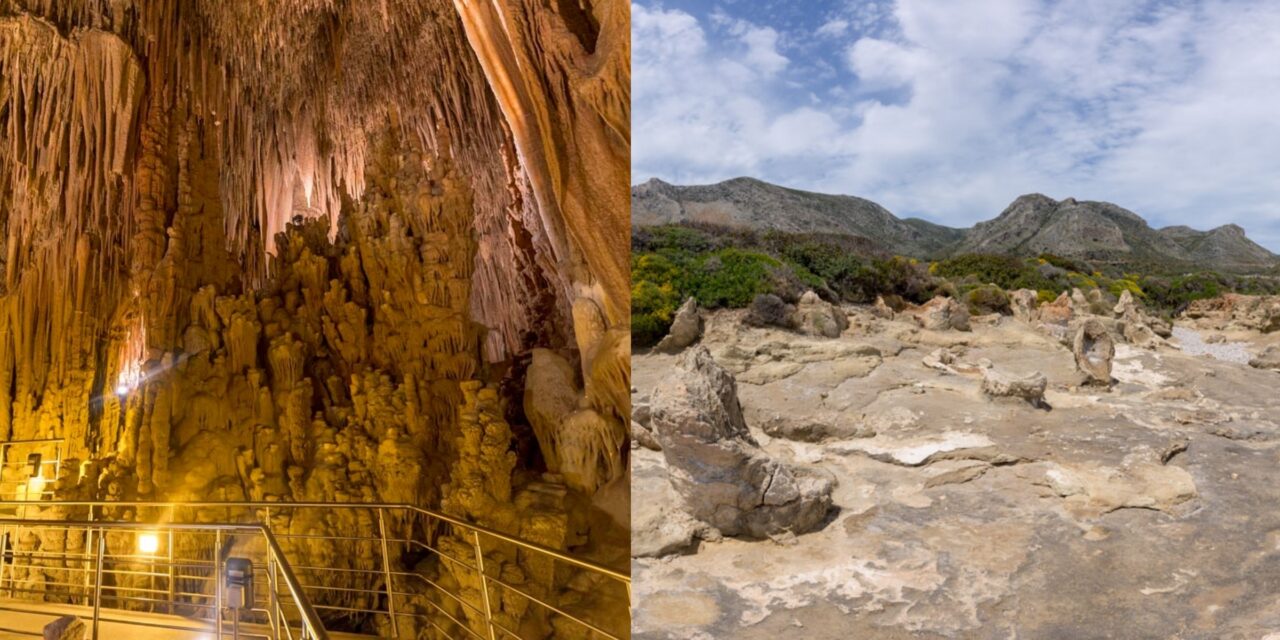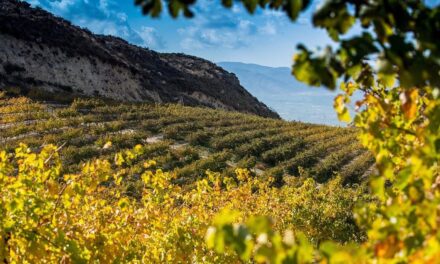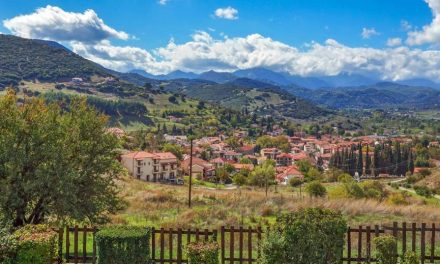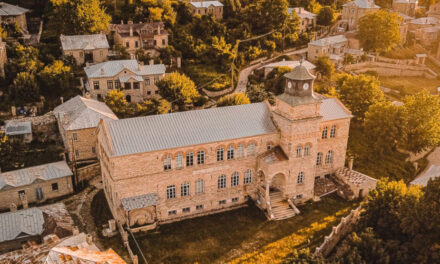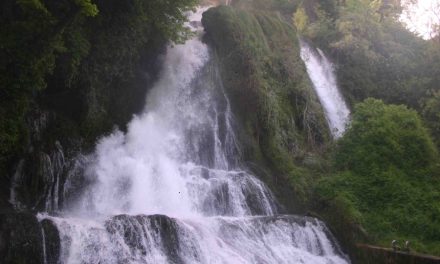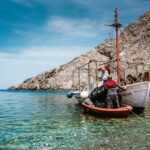In the southern part of the Peloponnese is the Cape Maleas peninsula,which features some impressive geological formations. Among them we find the caves of Kastania, one of Greece’s most impressive cave systems, and the Agios Nikolaos Geopark with its unique petrified forest.
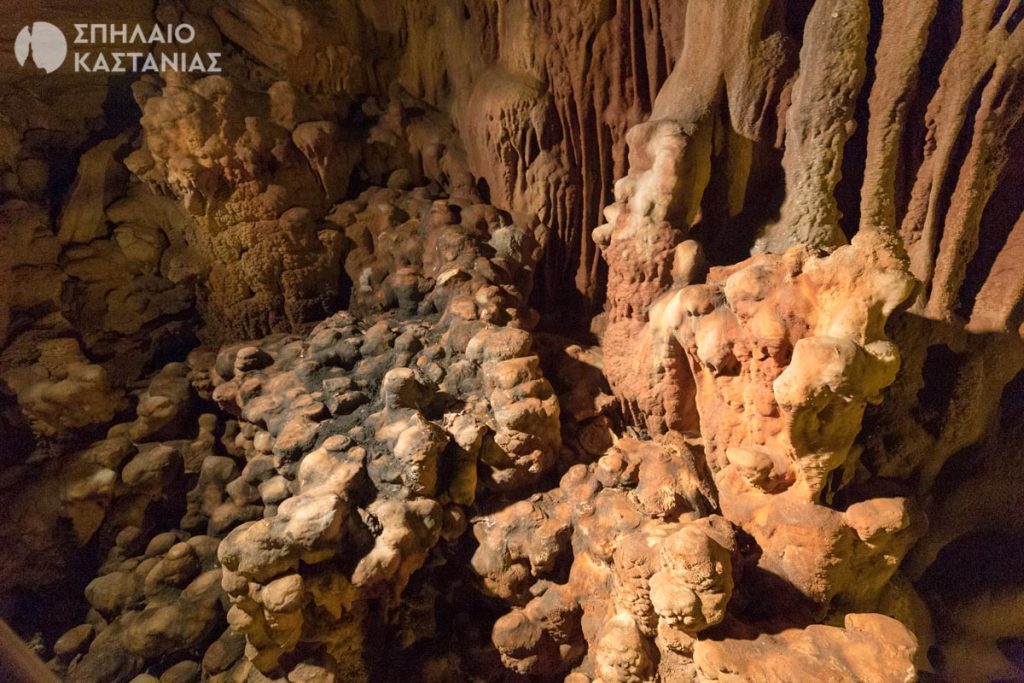
The Caves of Kastania – A hidden gem
Hidden not far from the port of Neapolis and Elafonissos, the caves remained unknown to people until they were discovered in the early 1900s by a shepherd, Kostas Stivaktas. One day, while grazing his sheep, he observed some bees coming in and out of a crack in the ground; assuming that there might be an underground source, he widened the crack and was amazed to discover an impressive cave. From then on, he and his descendants would continue using the caves for their water deposits.
The cave was formed within the Jurassic limestone unit of Tripoli after a period of geological disturbance followed by an active period of casting and chemical sedimentation.
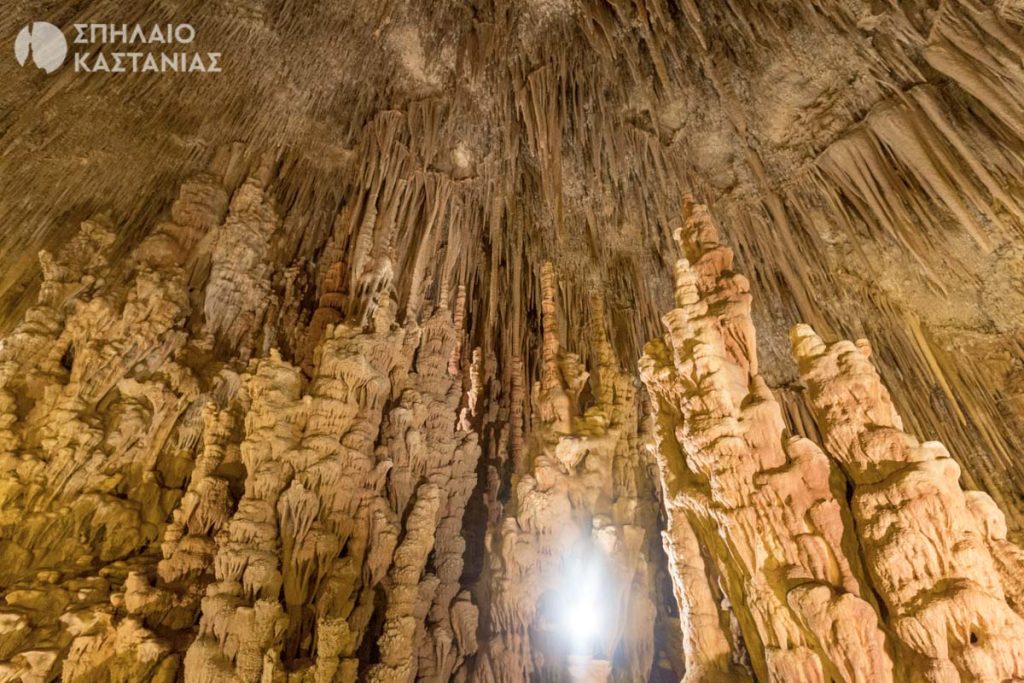
In 1958, when the caves had become better known, the municipality of Kastania was given the task of guarding and enhancing them.
The cave extends over an area of 1,500 sq.m., and is divided into two levels. It features rare speleothems (geological formations created in caves by mineral deposits), such as shields (or discs), flat stalagmites, eccentrics and helictites. You may also encounter dolichopoda, a genus of cave crickets. Some of the cave’s parts have yet to be explored.
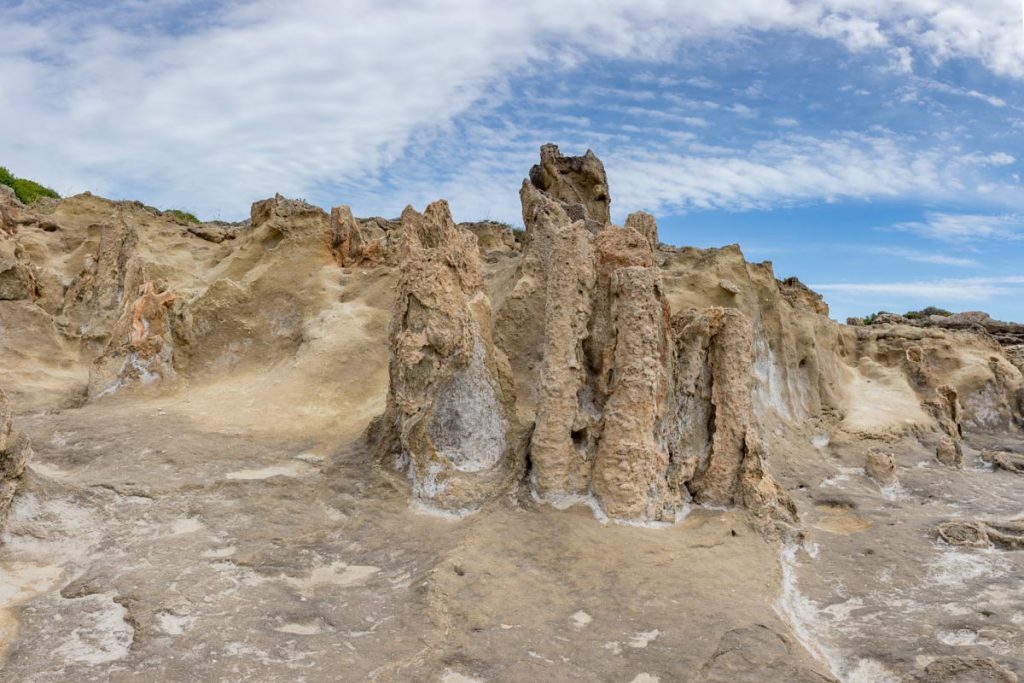
The Geopark of Agios Nikolaos – A landscape out of space and time
The Geopark of Agios Nikolaos consists of a petrified palm forest on the seaside; it is included in the Atlas of Geological Monuments of the Aegean and now claims a place in the Geoparks of Europe Network. The coasts of Agios Nikolaos, Agia Marina, Spitha and Voies represent the most interesting part of the forest, where rare sea fossils can be observed at the coast and the surrounding fields.
Geological dispersion, earthquakes and volcanic activity led to the fossilization of the paleoflora of the area millions of years ago. Organic matter from trees, plants and mollusks was replaced molecule by molecule by silicon and calcium solution in a slow process that took place under the sea.
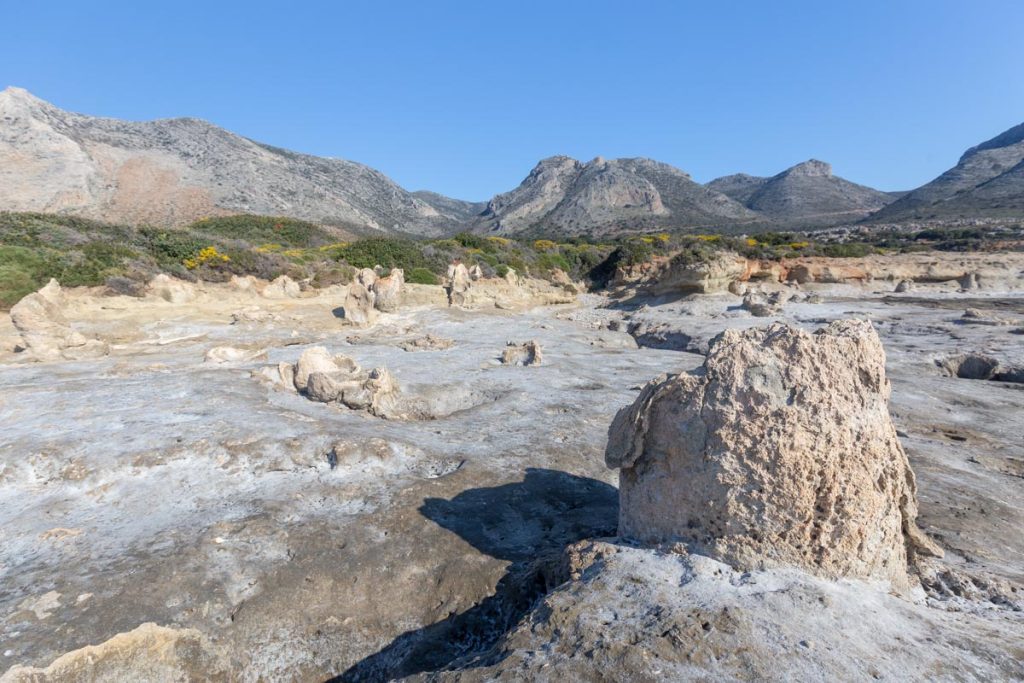
On-site research and restoration work has revealed palms, conifers and hardwood trunks and roots, and also shallow water fauna such as mollusks, ostracodes, echinoderms, etc. One has the opportunity to observe and discover remains of animal or plant organisms preserved in sediments that have undergone numerous fossilization processes. Roots reaching up to a meter in diameter and a multitude of fossilized creatures are preserved today in a large area of the Agios Nikolaos beach, making this a veritable geological museum of immense value.
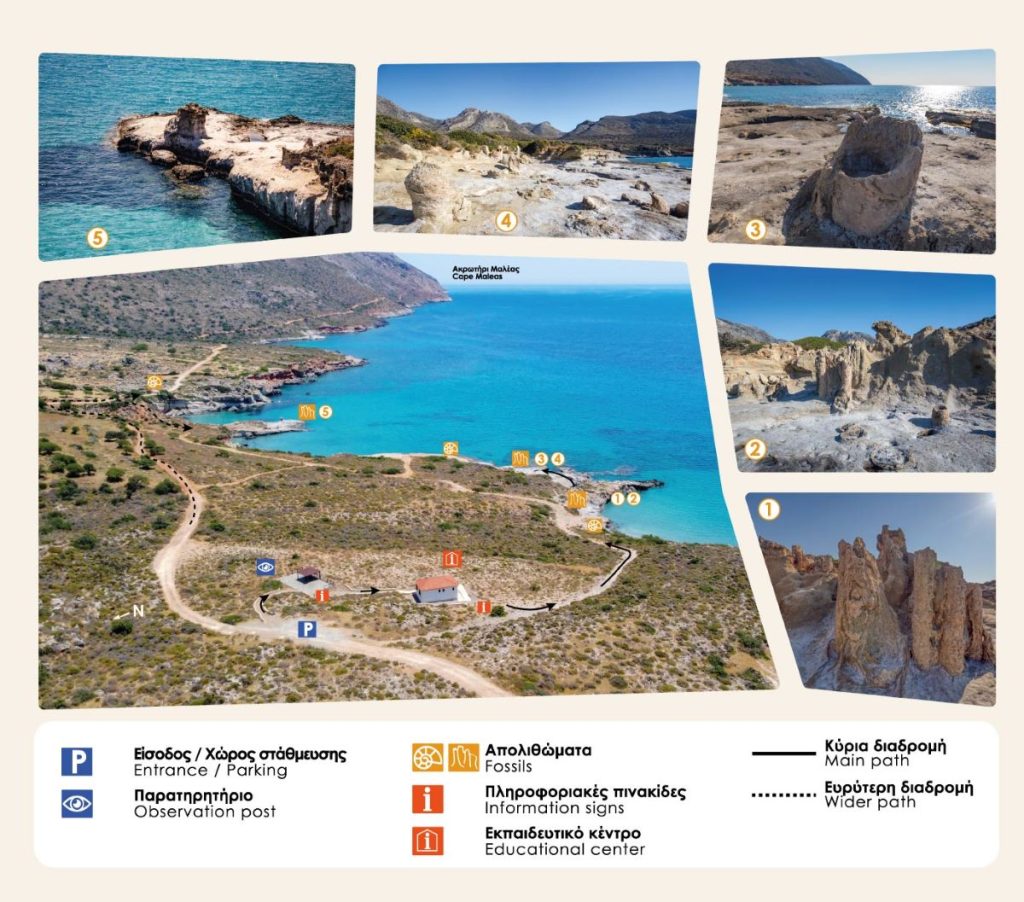
Sources: https://www.kastaniacave.gr/en/, https://www.keppedm.gr/geoparko/
N.M. (Based on an original article from Punto Grecia)

